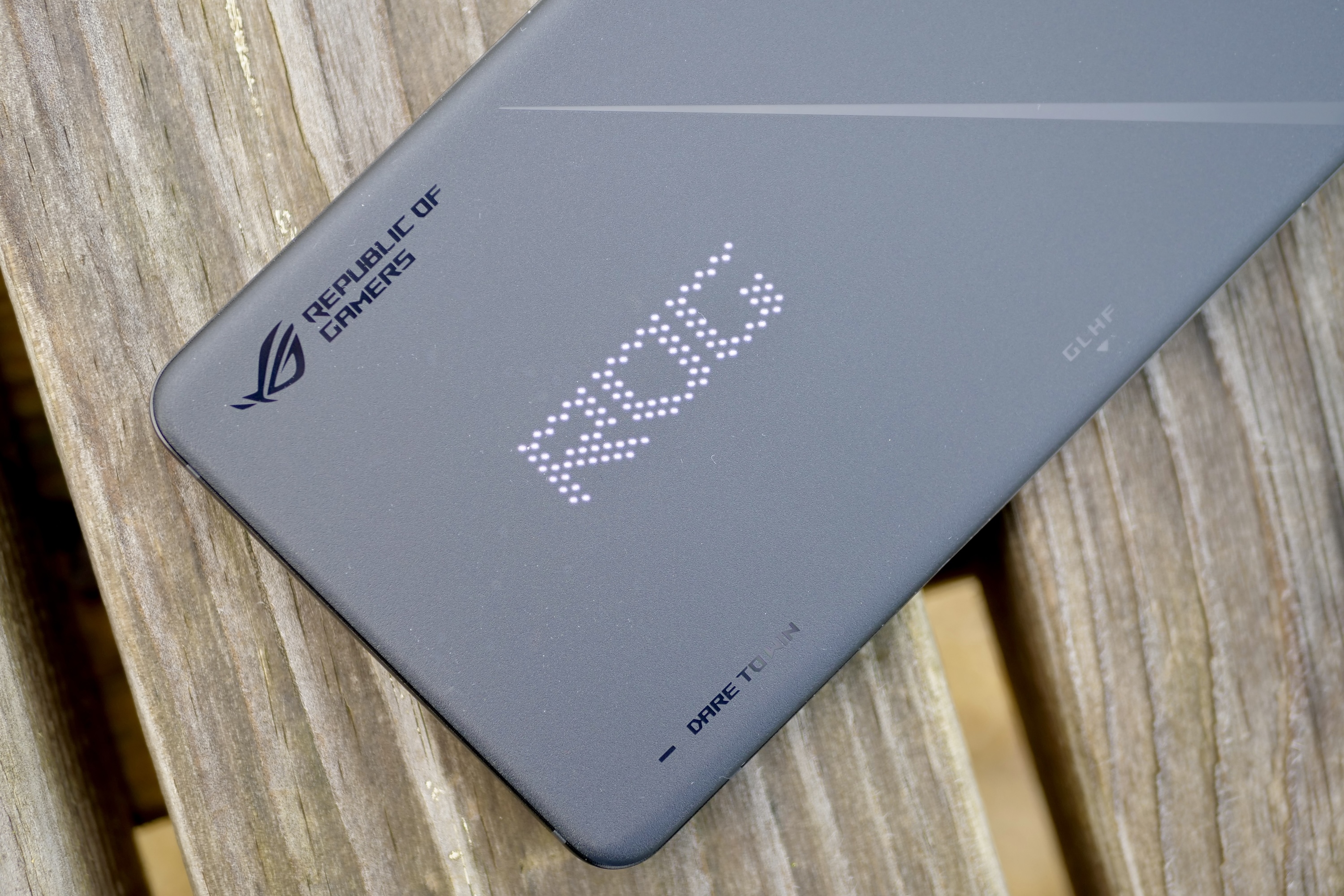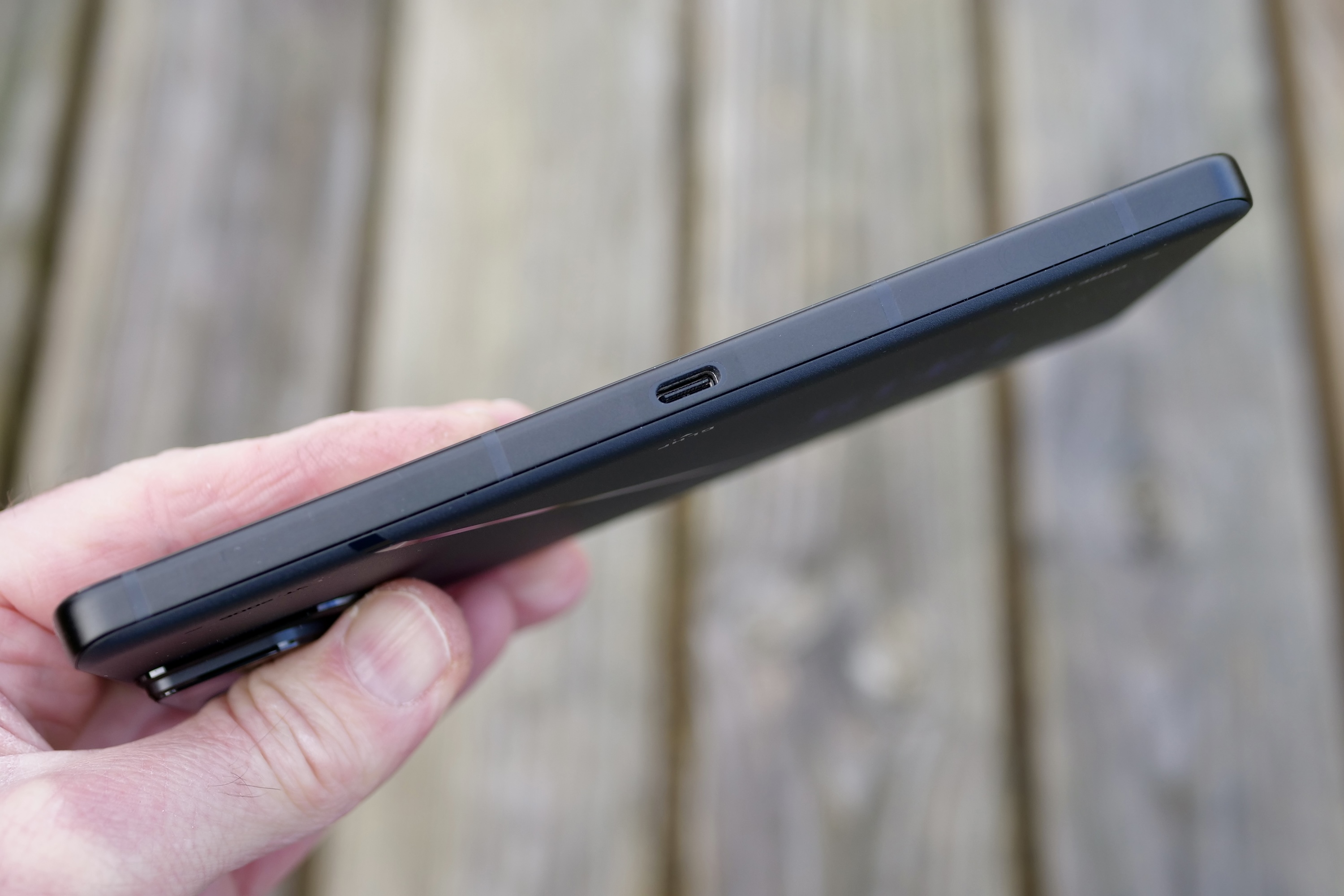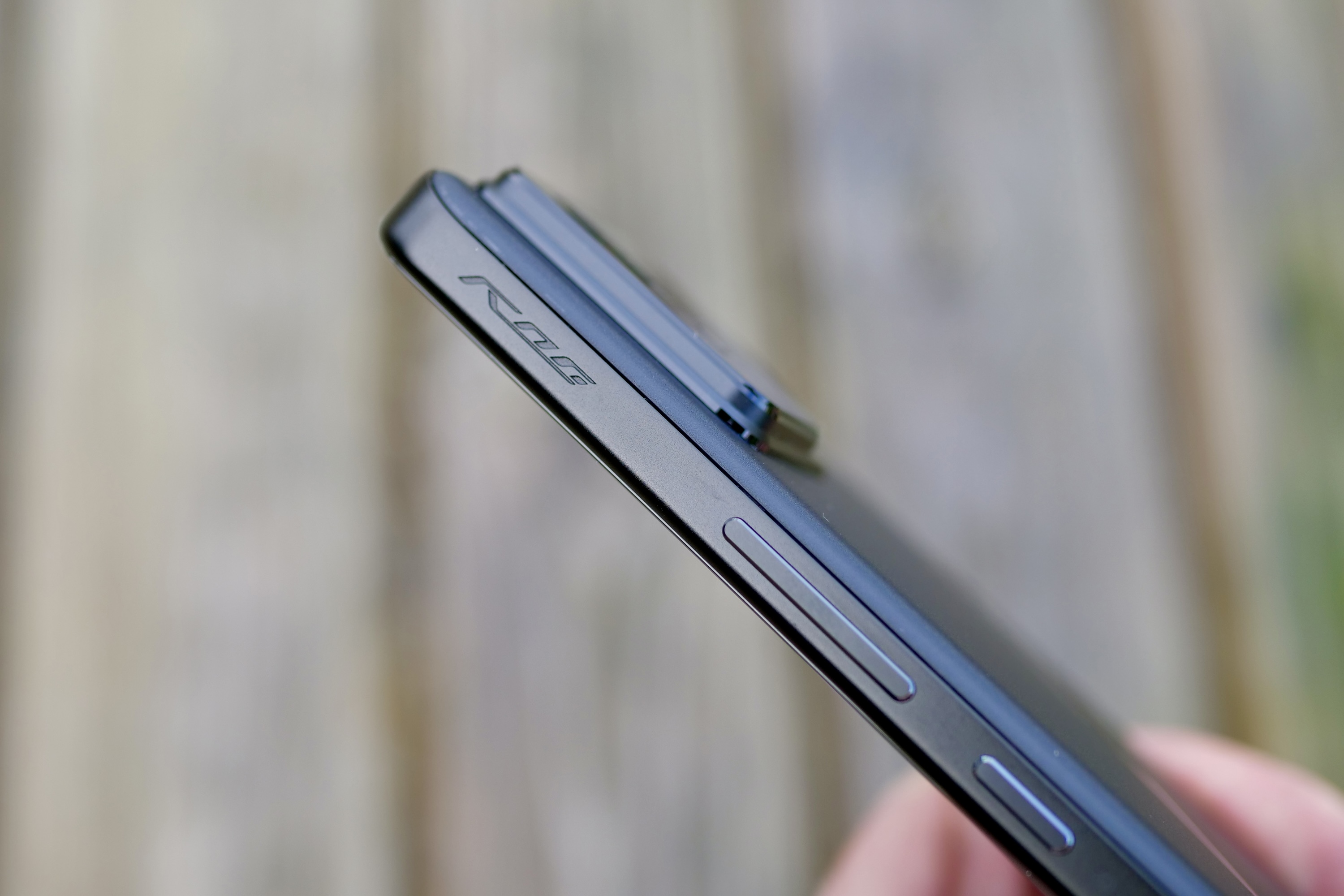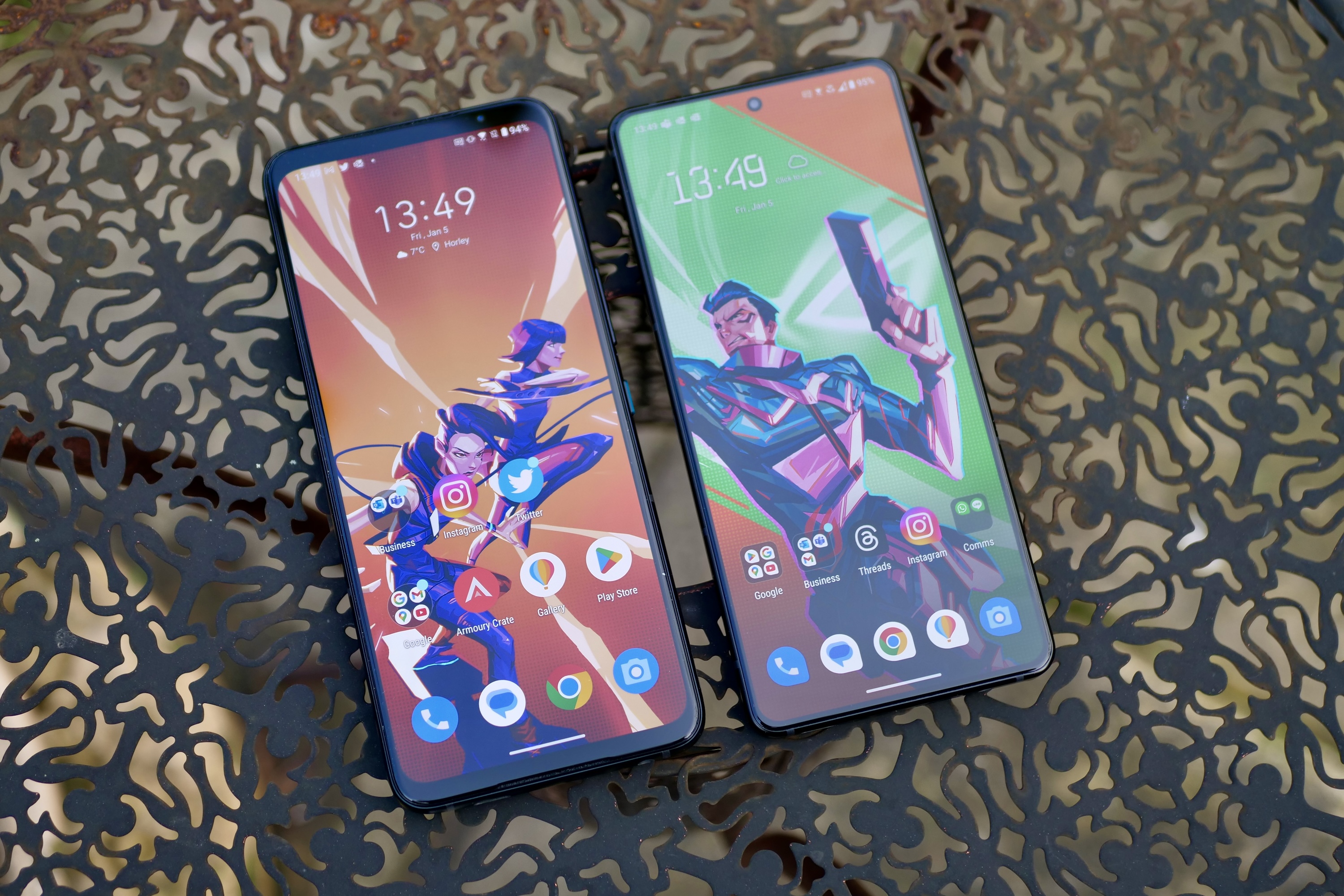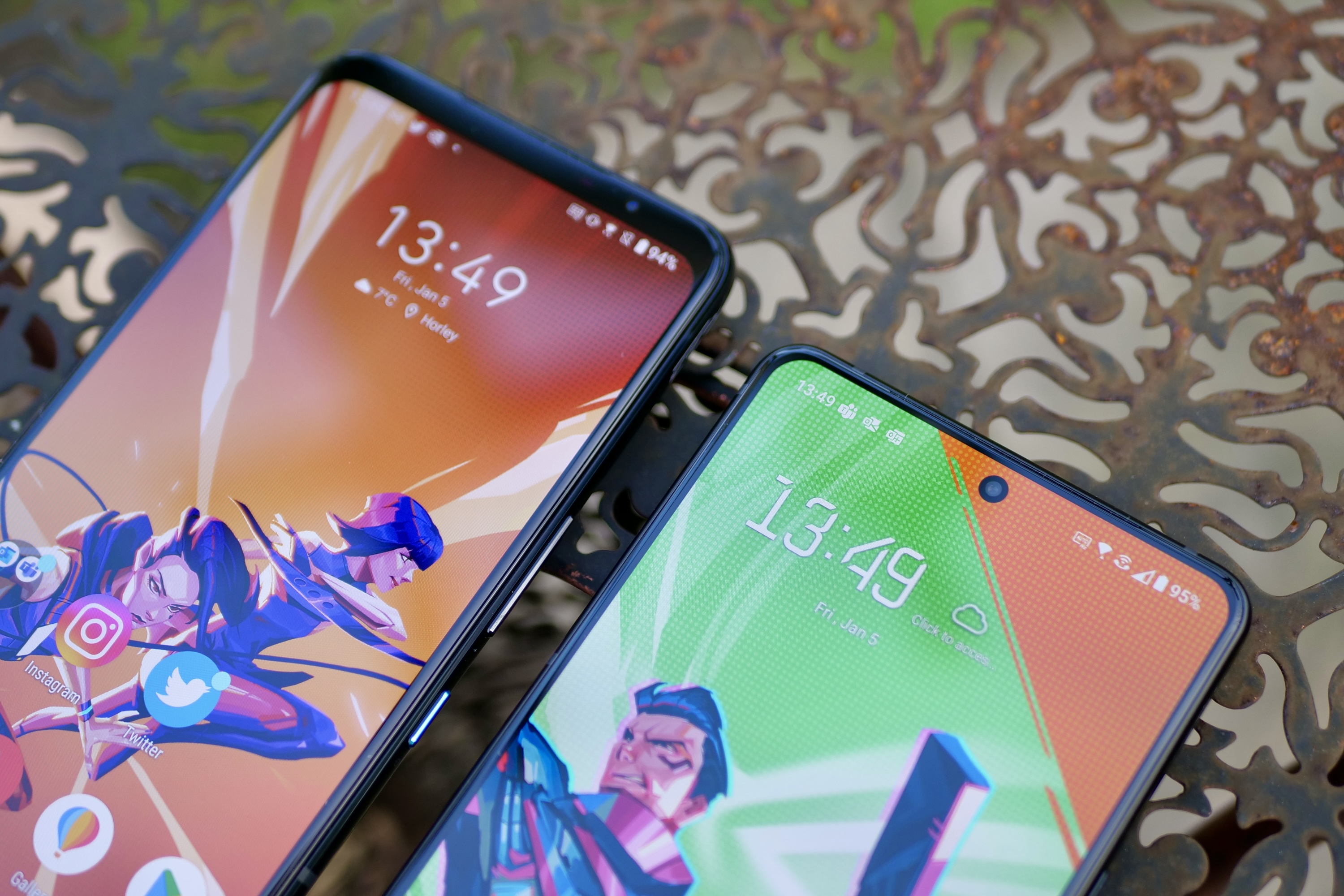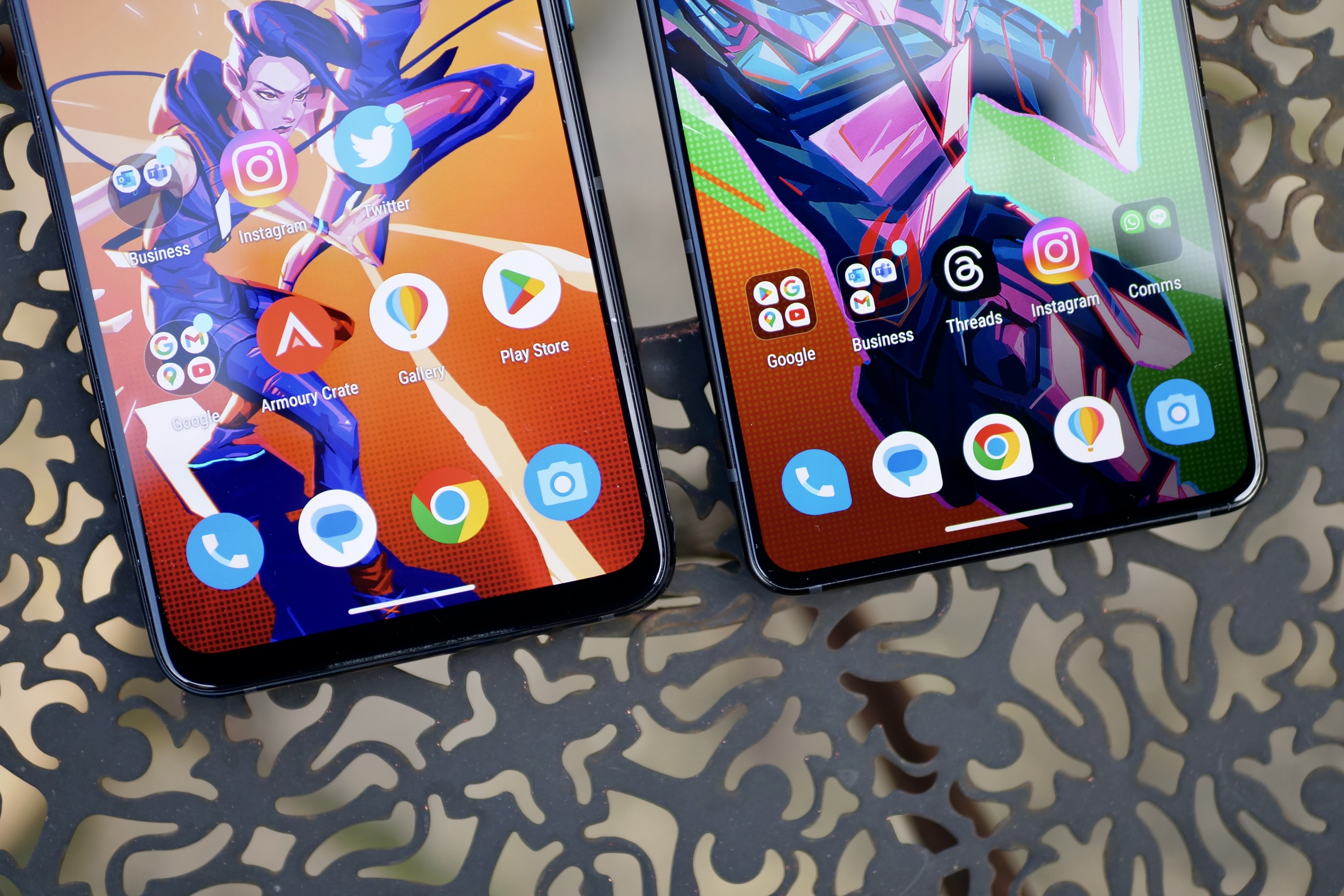
You probably didn’t expect a flagship smartphone to launch at CES 2024 — a show where mobile news is usually secondary to TVs, computers, and wearables. But Asus has used its Las Vegas visit to reveal the ROG Phone 8 and ROG Phone 8 Pro, the latest models in its long-running gaming phone range.
It’s not just the timing that’s unexpected — it’s the ROG Phone 8 Pro itself. Yes, it’s an Asus Republic of Gamers (ROG) smartphone aimed at mobile gamers, but it’s also unlike all the others that have come before it. If you expected the ROG Phone 8 Pro to be an all-out, zero-compromise gaming behemoth, prepare to be a little taken aback by what it actually is.
What you need to know about the ROG Phone 8 Pro
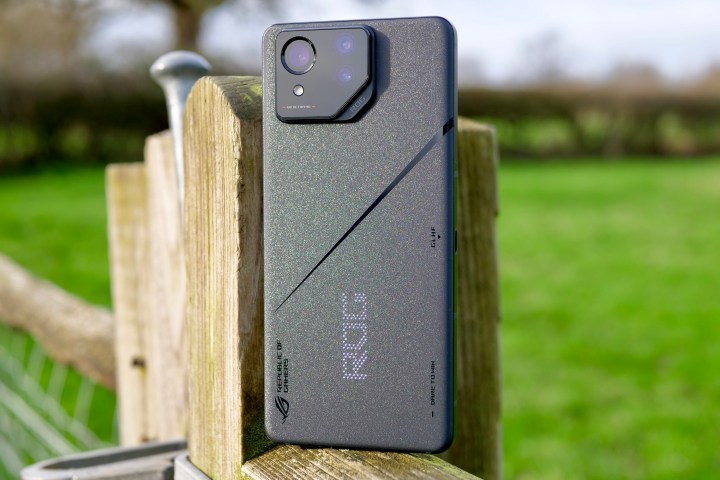
Before we get into what makes the ROG Phone 8 and ROG Phone 8 Pro so surprising, let’s talk about the specifications, because that’s pure ROG. There are two models in the range, with the ROG Phone 8 Pro being the phone I’ve been trying out, and the one with the highest spec. A Qualcomm Snapdragon 8 Gen 3 processor sits at its heart, backed up by 16GB of RAM and 512GB of storage space, but you can also get a monster version with 24GB of RAM and 1TB of storage.
There’s a 6.78-inch LPTO Samsung flexible AMOLED touchscreen with a maximum 165Hz refresh rate for some games, while at all other times, it runs between 1Hz and 120Hz. It also has 720Hz touch sampling and a huge 2,500 nits maximum brightness. It’s set under flat glass, with smaller bezels than previous ROG Phones, in an 8.9mm thick metal body that weighs 228 grams. For the first time, Asus has made the ROG Phone water and dust resistant with an IP68 rating.
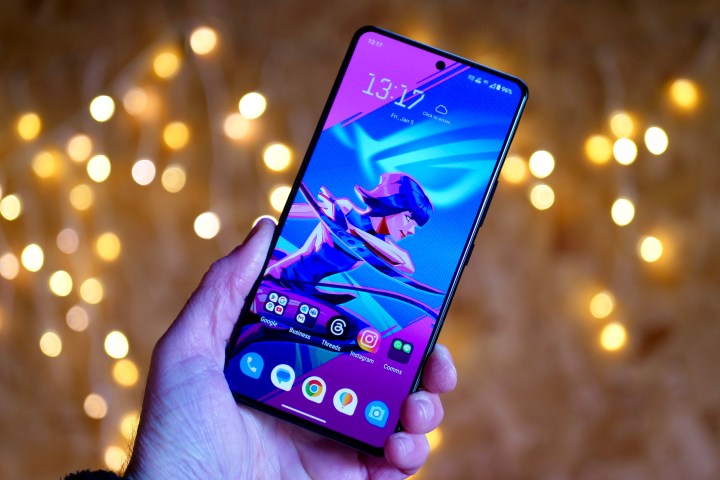
On the back is a 50-megapixel main camera with Asus’ 6-axis gimbal stabilizer, also seen on the Asus Zenfone 10, plus a 13MP 120-degree wide-angle camera and a 32MP telephoto camera with a 3x optical zoom. Pixel binning means the photos taken at this level of zoom will be 8 megapixels. On the front is a 32MP selfie camera, and inside the phone is a 5,500mAh battery and a completely revised cooling system — consisting of everything from copper heat sinks and graphite sheets to boron nitrate injected into cavities to aid heat transfer — to make sure you can game for hours.
Another new ROG feature is wireless charging, which joins the 65-watt HyperCharge wired option that takes the battery to full in about 40 minutes. The ROG Phone 8 Pro wouldn’t be complete without the AirTriggers mounted on each shoulder, which can be mapped to different controls in any game. There’s also a new mini LED display on the back of the phone, which shows up to 20 different animations for different scenarios.

For the software, it comes with Android 14 and a choice of Asus’ own custom theme or a more standard-looking option, plus a variety of AI features (because it’s 2024). The primary mode is X Sense 2.0 for gaming, which will fast-forward cutscenes and perform actions like auto pickup, running lock, and tap to escape. Other features include AI Noise Cancellation for calls and for in-game chat, a Semantic Search system that works offline too, and an AI Wallpaper system.
The ROG Phone 8 is very similar, but has a simple RGB display on the back, rather than the fancy mini LED version on the Pro, and it comes with 256GB of internal storage space. You can also get an ROG Phone 8 Pro Edition, which comes with the latest AeroCool X fan cooling accessory. It has a higher fan speed than previous models to cool even more effectively, plus it incorporates another RGB display, two physical buttons, and a 3.5mm headphone jack.
The specs are familiar, but the phone is not

After reading through the extensive specs, the ROG Phone 8 Pro will sound pretty familiar to fans of the series. It’s a gaming phone with most of the right gaming credentials. Unlike previous ROG Phones, however, it’s not only about gaming, and you’ll know it as soon as you hold it. It’s thinner and lighter — and also shorter and wider — than the ROG Phone 7 Ultimate. This makes it feel like a “normal” phone in your hand, free of the ungainly feel of the old models.
It’s a huge change, and one Asus is very keen to emphasize while at the same time telling us that the ROG Phone 8 is still very much a dedicated gaming smartphone. It says the ROG Phone 8 Pro still has ROG DNA, but the redesign just makes it more suitable for everyday use, right down to the improved camera specs and the addition of IP68 and wireless charging. But is that correct? Well, sort of.
The flashing lights are still on board (an ROG Phone staple), and the hidden-until-lit LED panel looks awesome, and so is the side-mounted USB-C charging port. But gone are motorized thermal vents for even more cooling, some of the more mad styling and color choices, and ports for special docks. The FHD+ screen resolution is a little lower than expected too. The bezels around the screen have been minimized, which will please as many people as it will anger, as they made good sense on a phone that will often be held in portrait orientation for gaming.
There’s no question these alterations have made the ROG Phone 8 Pro more usable, but mostly for when you’re not playing games. It has been my primary smartphone for several weeks now, and its normality reminds me of various chunky Xiaomi flagship phones like the Xiaomi 13 Ultra. The ROG Phone 7 was a bit of a chore to carry around and use when you weren’t gaming, but that’s not the case with the ROG Phone 8 Pro.
An even bigger challenge?

Asus says the ROG Phone 8 has been shaped based on requests from users, indicating the changes have not come from those who considered the phone, only to dismiss it due to its size and shape. It suggests even hardcore mobile gamers want the ROG Phone to be more than just a gaming phone, but by following this path, Asus runs the risk of alienating its really hardcore fans who may have purchased the phone precisely because of the aspects that have now been removed.
Why is the ROG Phone 8 Pro surprising? It’s that Asus has taken this step at all. The ROG Phone has always been a shameless, no-compromise gaming phone, and easily the best of its kind you could buy. Now, although it still has most of the special gaming elements in place, it has edged a lot closer to phones like the Samsung Galaxy S23 Ultra, the Google Pixel 8 Pro, and the Apple iPhone 15 Pro Max.
If Asus found it hard to compete when it wasn’t a direct competitor to these phones, it could have a shock coming when it is one. We will find out if it’s good enough to compete in our full review, which is coming soon. If it’s not, the ROG Phone 8 Pro may have lost the only thing that made it truly stand out and such a unique proposition. It could also be the final (albeit silent) admission that gaming phones don’t really make sense anymore, and that the ROG Phone 7 Ultimate may be the last real, no-compromise gaming smartphone we’ll see.
ROG Phone 8 Pro price and availability

Asus has not confirmed the release date for the ROG Phone 8 yet, but it will be sold in the U.S., just like previous versions. The standard ROG Phone 8 costs $1,099 with a special preorder price of $999, while the ROG Phone 8 Pro costs $1,199. If you want the ROG Phone 8 Pro Edition, it will cost $1,499.

